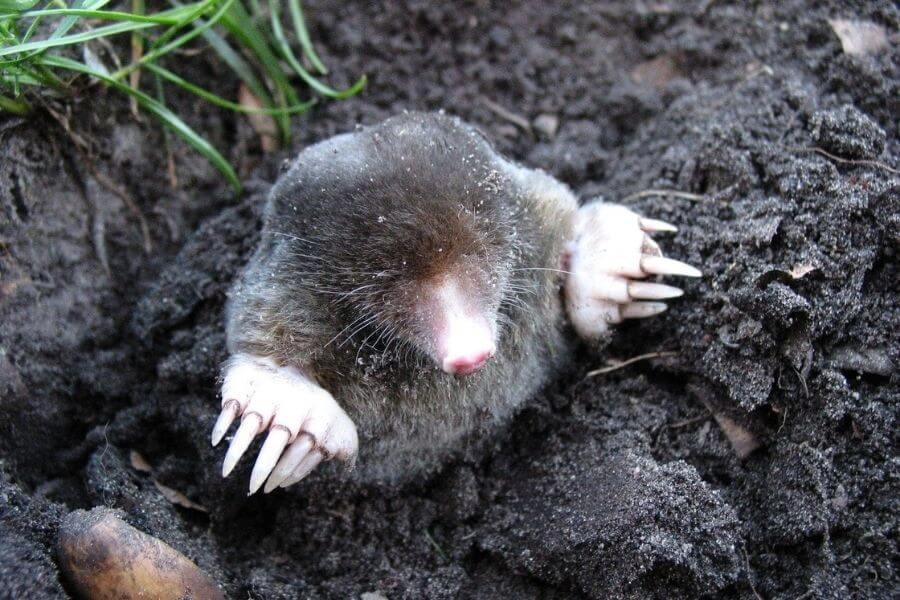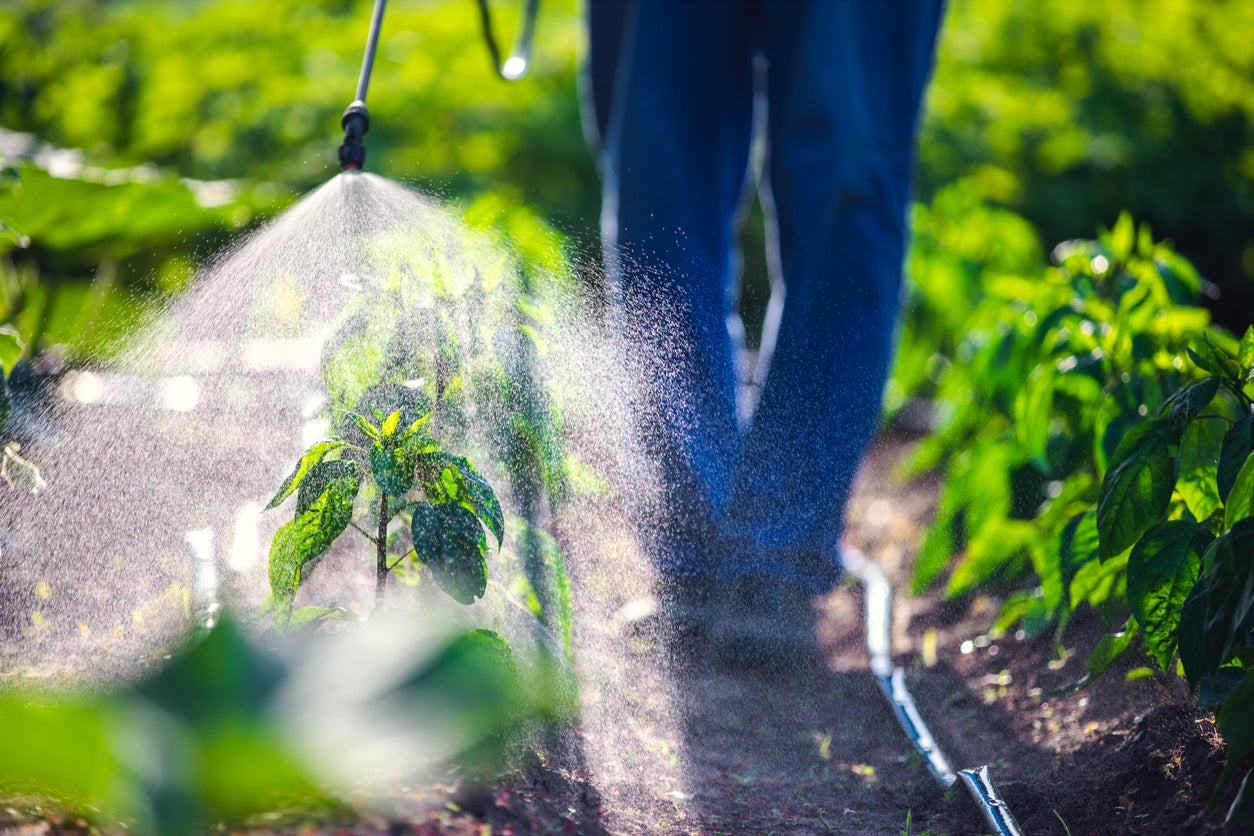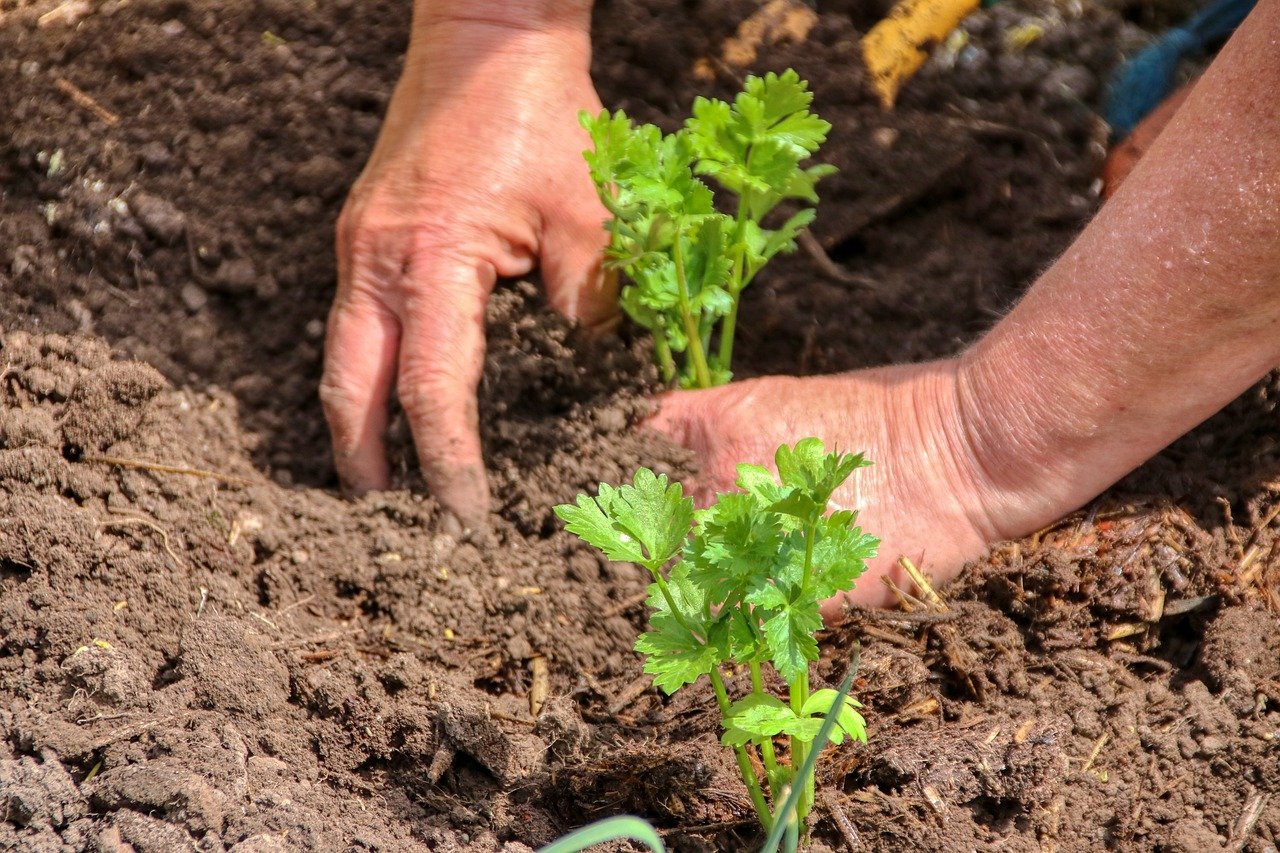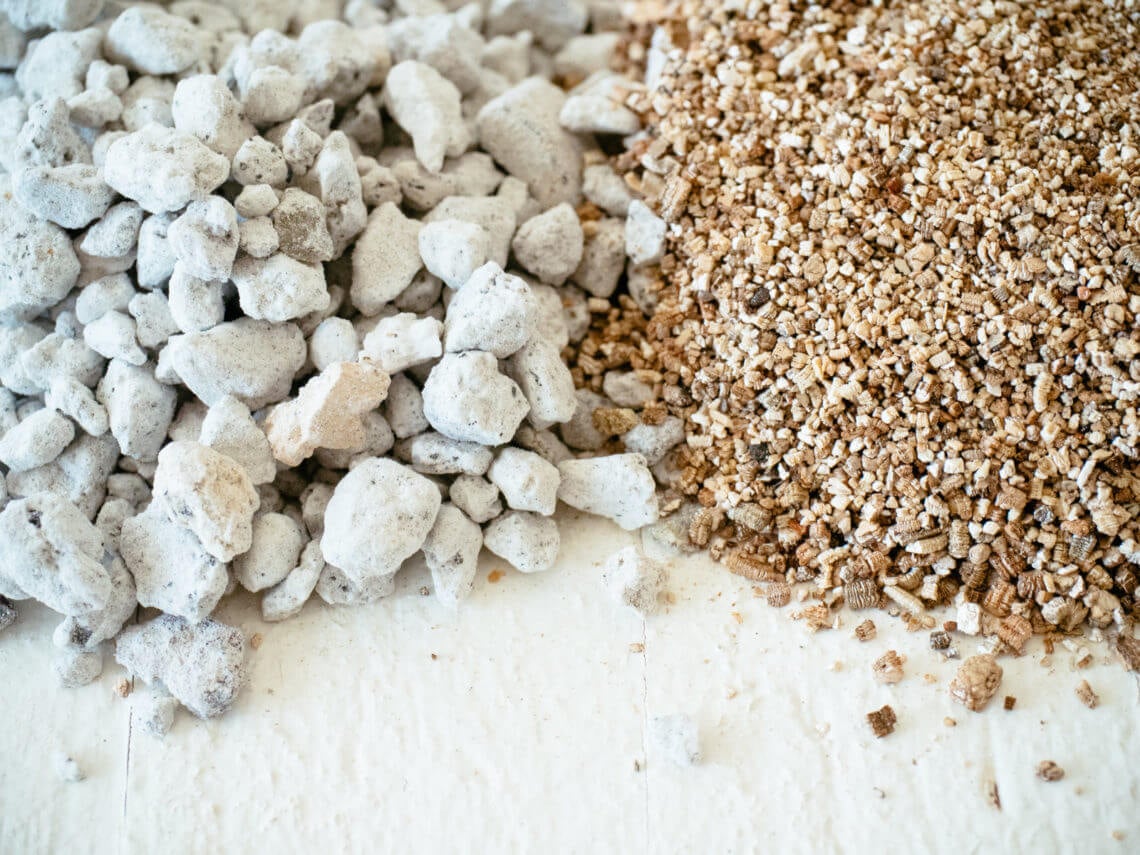How To Make Cactus Potting Soil – A Beginner’s Guide
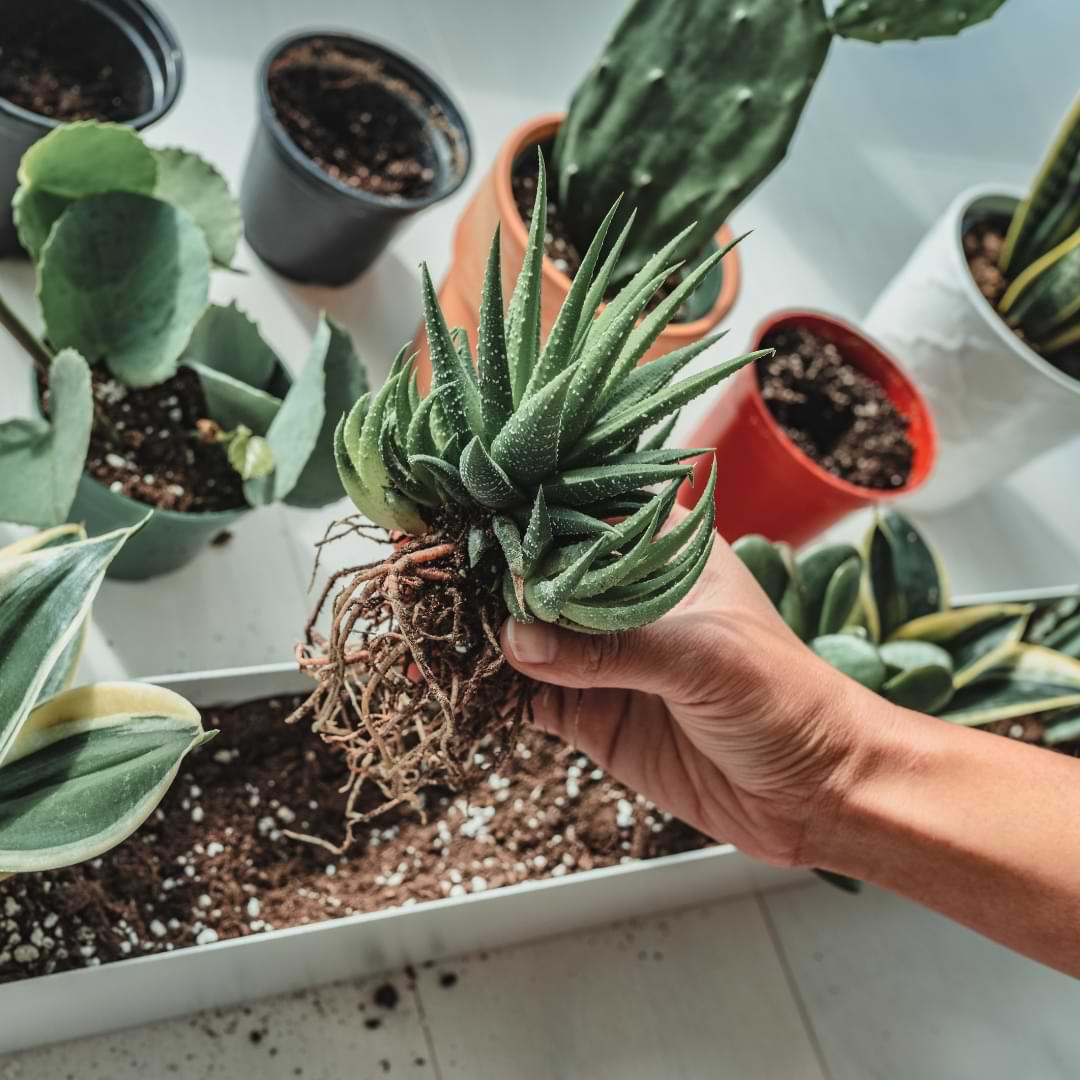
Table of Contents
Cactus mix, as the name suggests, is a specific type of potting soil formulated for the unique needs of cacti. Cacti are a type of succulent plant that has adapted to survive in arid environments with little or no rainfall. They store water in their thick stems and leaves, making them highly resilient to drought conditions. However, they require a specific type of soil that can provide good drainage and aeration to prevent waterlogged roots, which can cause root rot.
A cactus soil or mix is a well-draining, nutrient-poor soil that mimics the natural desert soil where cacti are native. It typically contains a blend of sand, perlite, peat moss (optional), and other organic matter, which helps to improve soil structure and allows air to flow freely through the soil.
In this article, you’ll learn how to make cactus soil for your tiny cactus plant.
Components of Cactus Soil
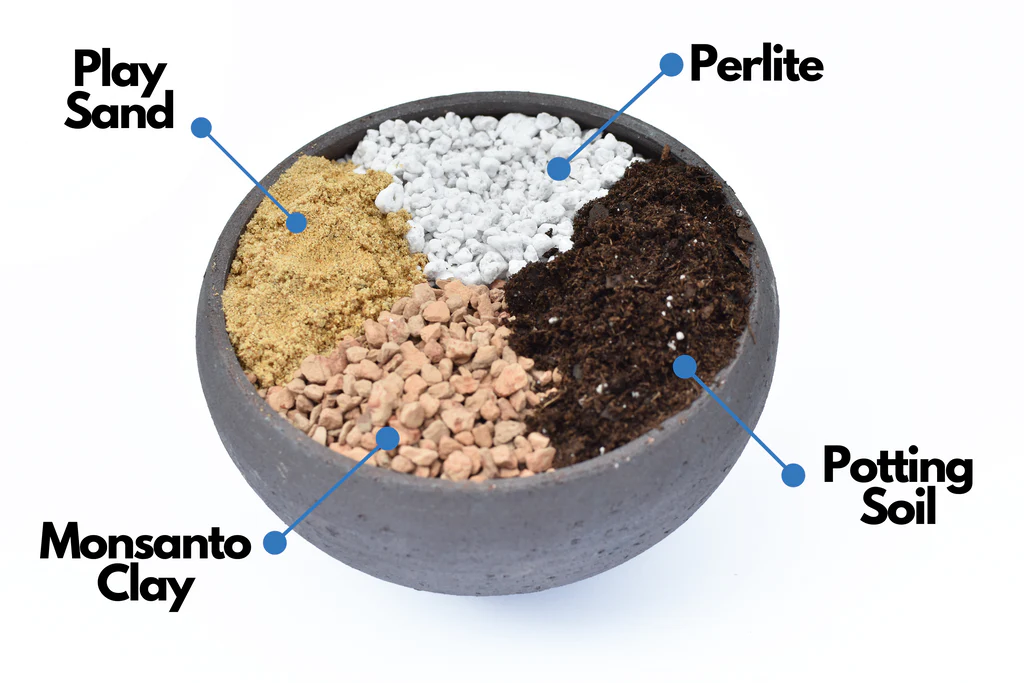
Cactus soil or mix is formulated to meet the requirements of cacti. This type of soil is essential for the proper growth and health of cacti because it provides the necessary drainage, aeration, and nutrients that they need to thrive. Here, we’ll discuss the typical ingredients of the cactus mix and their respective functions, as well as the proportions and ratios of these ingredients.
1. Typical Ingredients and Their Functions
The ingredients required to prepare cactus mix are sand, perlite, peat moss, coir, pumice, and charcoal. We will discuss all ingredients and their functions too.
Sand: Sand is the key ingredient in a cactus mix because it helps to improve drainage and prevent waterlogged soil. Cacti are adapted to thrive in arid environments where the soil is free-draining and dry. Sand also helps to provide stability to the soil mix and prevent it from compacting.
Perlite:Perlite is a volcanic mineral that is added to a cactus mix to improve aeration and prevent soil compaction. It is a lightweight material that is composed of tiny, porous particles, which allow air to circulate through the soil. This helps to prevent root from rotting and allow them to access the oxygen they need to grow.
Peat Moss: Peat moss is an organic material that is added to the cactus mix to improve water retention and nutrient absorption. It is a type of decomposed plant material that is harvested from the bogs and swamps. Peat moss is highly absorbent and can hold up to 20 times its weight in water. However, over-usage of peat moss can be unfavourable for your cactus plant as they may suffer root rot due to over-moisture in the soil.
Coir: Coir is another organic material that is used in a cactus mix to improve water retention and drainage. It is made from the fibrous husk of coconuts and is a renewable resource. Coir helps to improve soil structure and provides a natural source of nutrients for plants.
Pumice:Pumice is a volcanic rock that is added to the cactus mix to improve drainage and aeration. It is a lightweight material that is highly porous, which allows air to flow through the soil. Pumice also helps to prevent soil compaction and provides a stable growing environment for cacti.
Charcoal:Charcoal is added to the cactus mix to help absorb excess moisture present in the soil and prevent fungal growth. It also helps to remove impurities from the soil and provides a natural source of nutrients. It is a natural filter and is also used in aquariums to keep the water clean.
2. Proportions and Ratios of Ingredients
The proportions and ratios of ingredients in the cactus mix can vary depending on the specific needs of the plants being grown. However, a typical cactus mix will contain a blend of your regular soil, sand, perlite, peat moss, coir, pumice, and charcoal in varying ratios.
A common ratio for the cactus mix is 3:3:2, which means three parts of regular soil, three parts of sand, and two parts of perlite or pumice. This ratio provides good drainage and aeration while also retaining enough moisture to keep the plants healthy. Some cactus enthusiasts prefer to add coir to this mix for extra drainage and stability.
Another ratio is 2:1:1, which means two parts sand, one part perlite, and one part peat moss. This ratio provides even better drainage, which is important for cacti that are prone to root rot. Adding coir or pumice to this mixture can further improve drainage and prevent soil from compaction.
The proportion of charcoal in the cactus mix is typically small. This is because charcoal is highly absorbent and can quickly become saturated if too much is added. However, a small amount of charcoal can help to keep the soil clean and prevent any fungal growth.
How to Make Cactus Mix
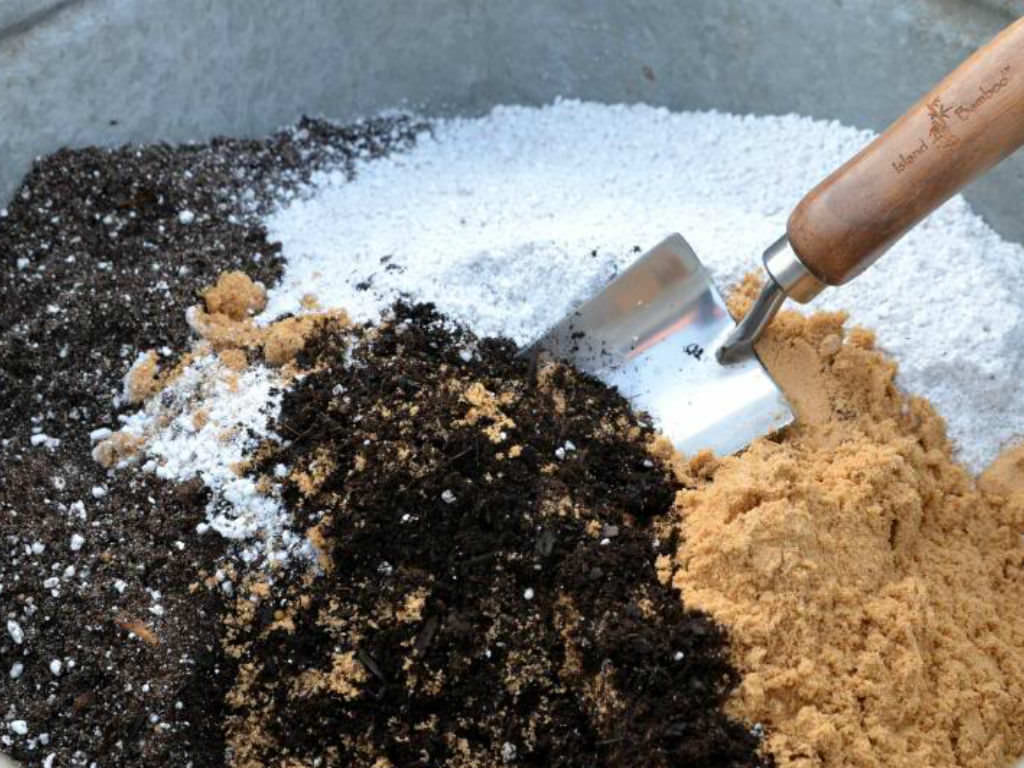
Making cactus mix for your cacti is a straightforward process that requires a few simple steps. We have provided a simple step-by-step process to prepare your cactus mix.
1. Step-By-Step Instructions
- Gather your materials: You will need regular soil, sand, perlite, peat moss, coir, pumice, and charcoal. You can find these materials at your local garden centre or online.
- Measure your ingredients: Depending on the ratio you want to use, measure the appropriate amount of each ingredient. For example, if you want to use a 3:3:2ratio of soil, sand, and perlite, measure three parts of soil and sand each and two parts of perlite using a measuring cup.
- Mix the ingredients: In a large container, mix the ingredients thoroughly. You can use a wheelbarrow, bucket, or any other large container that can hold all of the ingredients.
- Add water: Once you have mixed all ingredients, add water slowly to moisten the mix. Do not add too much water, as cactus soil should be well-draining and not waterlogged.
- Mix again: After adding water, mix the soil again thoroughly to ensure that it is evenly moistened.
- Test the soil: To test the soil, grab a handful and squeeze it. It should hold its shape but crumble easily when you release it. If the soil is too dry, add more water. If it is too wet, add more dry ingredients. The ideal pH level for cactus soil ranges from 5.0 to 6.0.
- Use the soil: Once the soil is properly mixed and moistened, it is ready to use. Fill your pots with soil mix, and plant your cacti according to their specific needs.
2. Safety Precautions
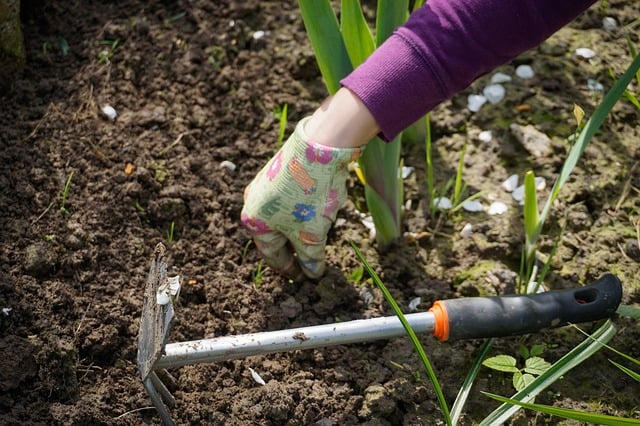
While preparing the soil mix for your cacti, you must take necessary safety precautions as well.
- Wear gloves: Some of the ingredients in cactus soil, such as sand and pumice, can be rough on your skin. To protect your hands, wear gloves while mixing the soil.
- Use a mask: When handling peat moss or coir, it is important to wear a mask to avoid inhaling dust and debris.
- Follow instructions carefully: When mixing cactus soil, it is important to follow instructions carefully and measure the ingredients accurately. Using too much of one ingredient can throw off the balance of the soil mix and affect the health of your cacti.
- Store materials safely: When storing the ingredients for cactus soil, make sure they are stored in a cool, dry place away from direct sunlight and moisture. This will help to prevent mold and other contaminants from developing.
Making cactus soil for your cacti is a simple process that can be done at home. By using the right materials and following safety precautions, you can create a soil mix that provides proper drainage, aeration, and nutrients that your cacti need to thrive. With a little care and attention, your cacti will grow healthy and strong in their new potting soil.
Using Your Cactus Mix
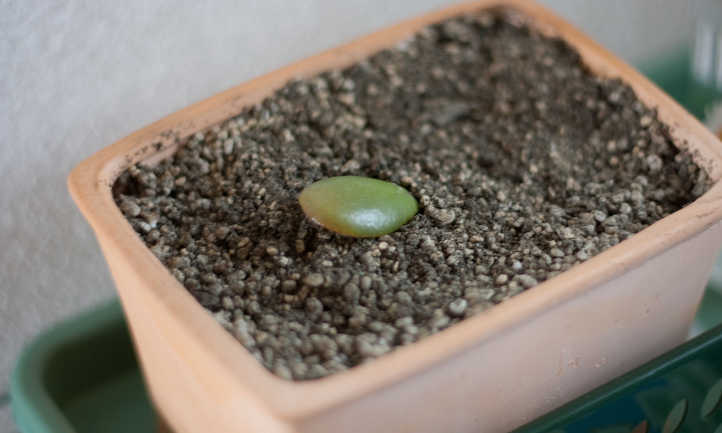
After preparing your cactus mix, now it’s time to plant your cacti. When planting your cacti, be sure to choose a pot with good drainage, as cacti are susceptible to root rot if overwatered. Fill the pot with the cactus mix, leaving enough space for the roots of the plant. Gently place the cactus into the soil mix, and add more soil around the base of the plant. Be sure to tamp down the soil lightly to remove any air pockets.
Watering cacti can be a bit tricky, as they are prone to overwatering. A good rule is to wait until the soil is completely dry before watering. When watering, be sure to give the plant a good soak, allowing the water to drain out of the bottom of the pot. Fertilise your cacti sparingly, using a fertiliser that is specifically designed for cacti.
Summing Up!
All in all, a proper cactus mix is essential for the health and longevity of your cacti. Using a mix that is specifically formulated for cacti will provide the right balance of nutrients, drainage, and aeration. By making your own cactus soil, you have the ability to customise the ingredients to meet the specific requirements of your plants and ensure that they are getting the best possible growing medium. Also, you’re saving some money by not buying an expensive, ready-made cactus mix.
If you’re serious about growing healthy and beautiful cacti, using a high-quality cactus soil mix is a must. By following the above guidelines for making and using your own cactus mix, you can reap the benefits of healthy and vibrant cacti in your home or garden.
So why not give it a try and see the difference for yourself?
Frequently Asked Questions
What Is the Best Soil Mix for Potted Cacti?
The best soil mix for potted cacti is a well-draining mix that provides good aeration and allows excess water to escape quickly. A typical mix consists of organic matter, mineral materials, and some sand. The mineral material could be perlite or pumice.
Is Sand Good for Cactus Soil?
Sand can be beneficial for cactus soil when used in the right proportion with other materials. It helps to improve drainage and aeration by allowing excess water to drain away from roots, preventing the soil from being waterlogged. However, using too much sand can lead to compacted soil, which is not good for your cacti.
Do Cactuses Need Fertilizer?
Cacti do need fertiliser, but they require it in small amounts and only during specific times of the year. Fertiliser can help to promote healthy growth and flowering in cacti; however, too much can be harmful. It is important to choose a fertiliser that is specifically formulated for cacti and succulents and to follow the manufacturer’s instructions carefully.

![How and When To Mulch a Garden Effectively [UK]](https://staging.thearches.co.uk/wp-content/uploads/How-To-Mulch-A-Garden-Effectively.jpg)
![How to Kill Overgrown Ivy in 5 Easy Steps [UK]](https://staging.thearches.co.uk/wp-content/uploads/How-To-Kill-Get-Rid-Of-Overgrown-Ivy.jpg)
